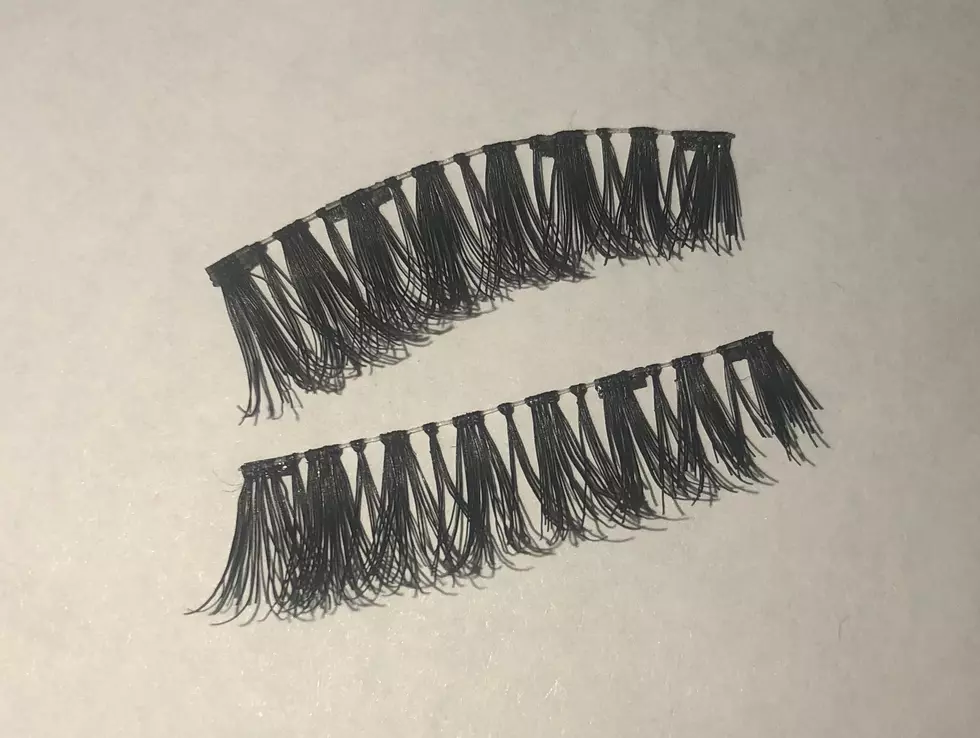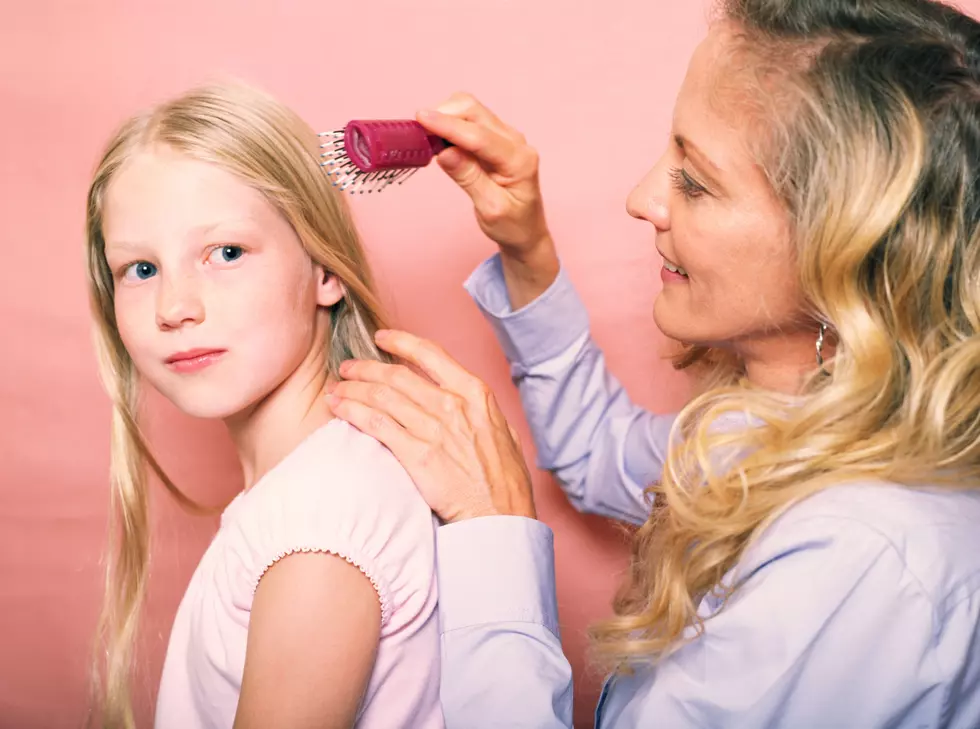
Tips for Head Lice Prevention and Treatment
As the kids head back to school, head lice outbreaks become a concern again, and according to a new study, this year it could be especially hard to treat the problem.
There a few things parents should know.
First, the study. It shows that the bugs are becoming resistant to the over-the-counter medications that we use to kill them. Drug-resistant lice were found in 25 states, and here in New Jersey, 50-90% of lice tested were found to be drug-resistant. Gene mutations have made them less susceptible to pyrethroids, the active ingredient in OTC head lice treatments. (Lovely.)
One thing to keep in mind is that CNN reports the study was funded by a pharmaceutical company that produces "a newer generation lice-fighting chemical." (That doesn't necessarily discredit the study, but it does get an eyebrow raise from me.)
Now, I remember getting lice once as a kid, and I remember the nasty smelling shampoo, and my poor mother having to comb through my long, thick hair to get rid of it. Anyone who has gone through it would certainly agree that prevention is better than treatment, but unfortunately that's much easier said than done.
Tips for preventing head lice:
- Teach the kids that there are some things that they shouldn't share, like combs and brushes, hats, headbands and hair clips, bike helmets, scarves, and towels. Even headphones can transmit the bugs. (Though as a non-parent, I don't know the best way to do that so that kids don't wind up teasing each other...so...good luck making sure your kid isn't a jerk about it.)
- Encourage kids not press their heads together when playing (or taking selfies.)
- Avoid storing hats, scarves, or headphones in shared lockers or spaces if you know there is a lice outbreak.
If you can't prevent it, the next best thing is catching it early (before the tell-tale sign of constant scalp itching.)
- Check your child's hair for yellow, brown, gray, or tan pear-shaped dots near the scalp. It may look like dandruff, but won't brush or easily shake off. These are nits, a.k.a. lice eggs.
- Look on your child's clothing, bedding, and towels for lice (they are usually white or tan, about the size of a sesame seed.)
How to treat lice:
- If you are sure your child has head lice, you can try an OTC rinse or shampoo, making sure to follow the directions listed. You can also get a lice comb (a very-fine comb with long teeth) to remove the nits and lice strand by strand...but if your child has long hair, it is a very tough and time-consuming process.
- Visit a doctor for a prescription strength lice treatment. The drug-resistant lice can still be treated with prescription medications, which are more expensive, but effective.
- Some people believe you can 'suffocate' the bugs by coating the scalp overnight with vaseline or olive or tea tree oil, but these natural remedies may not work, and some may irritate the scalp.
- If your child is okay with it, you could simply shave their head, but that seems a little extreme for most.
After you treat the hair and scalp, you'll want to prevent reinfestation:
- Wash all clothing, bedding, and towels in hot water, and dry them on the hot setting for at least 20-30 minutes.
- You can place items that can't be washed (like some toys) into sealed, airtight bags and place them in the freezer for three days.
- Vacuum all rugs, linens,and furniture, and then get rid of the vacuum bag.
- Disinfect (or throw out) all brushes, combs, and hair clips by soaking them in rubbing alcohol or washing them with the medicated shampoo.
- Let other parents know if you've had a lice problem so they can all properly treat their kids, (or prevent the lice from spreading.)
Itchy yet? Here's hoping for a lice-free school year!
Do you have any tips for preventing or treating head lice? Share them in the comment section!
More From 94.3 The Point









